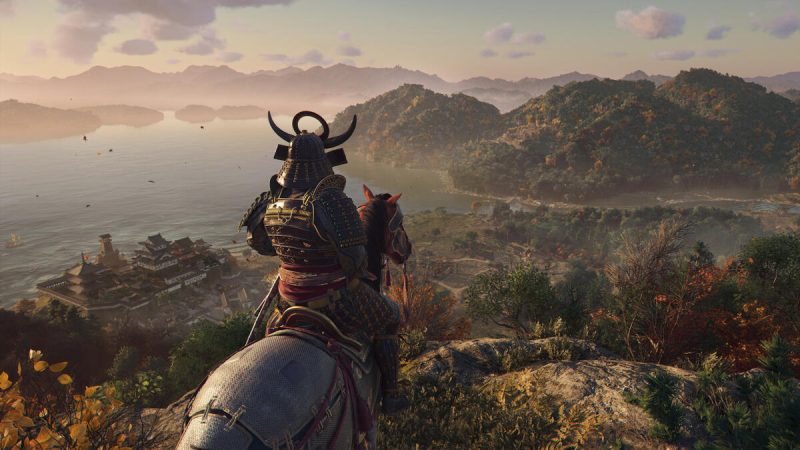Assassin’s Creed Shadows is due to arrive next month on March 20, 2025, after being delayed out of February at the beginning of the year. While that extra time gives Ubisoft more opportunity to get the game ready for prime time, it also gives them more time to show off what we can expect.
The various deep-dives Ubisoft has been doing for Shadows have, so far, focused on different aspects of the game. Today’s however, focuses on what’s behind the game, meaning the tech behind it.
Ubisoft shared a new trailer which, mainly highlights all the things people with the latest-and-greatest PC’s can do with Shadows, but in its blog post we got a few more details on how it’ll run on PS5 and other current-gen consoles, namely how it’ll be achieving its targeted 60 FPS on consoles.
Pierre Fortin, the technology director on Assassin’s Creed Shadows confirmed that the game will run at an upscaled 4K resolution, at 60 FPS, before digging into how Ubisoft is working to make that happen – all while keeping raytraced global illumination, and why Ubisoft focused on keeping RTGI in the game.
“Reaching 60 FPS on a game like Assassin’s Creed Shadows while using RTGI would mean sacrificing quite a lot to accommodate for its relatively high cost. Thus, the direction we took for Shadows was to use a hybrid approach.
Anvil, our in-house engine with which AC Shadows is built, has featured an industry-leading baked (offline) global illumination pipeline since AC Unity, and we have kept improving that over every game built since. Unity introduced it, Syndicate added support for dynamic time of day cycles, Origins introduced what we call a sparse GI system to support drastically larger open worlds, and Valhalla added support for multi-state environments, as it was necessary for the settlements.
On Shadows, we continued to improve this technology by adding support for the new dynamic seasons – the global illumination of a scene is drastically different is there is a snow cover compared to lush vegetation with colorful flowers blooming – as well as supporting much thinner walls.
The advantage of this proven, yet modernized technology is its relatively low GPU cost. This allowed us to target a 60 FPS experience on Xbox Series X and PS5 that is still impressive, in which we still had room for new gen improvements. For it is worth noting that all the vegetation in AC Shadows is physically animated on the GPU based on a dynamic wind system driven by a fluid simulation!
Finally, we didn’t want the image in performance mode to be so low resolution that it becomes blurry, and targeting 60 FPS with raytracing on console would have meant we would not have had enough GPU budget to improve other rendering systems.
However, it was clear to us that there are undeniable advantages to raytraced global illumination. First and most importantly is that it adapts to change in the scene. In a game such as Shadows, in which we had strong ambitions with destructible objects and a changing environment, the benefits in image quality of having global illumination that adapts to the change in the scene are numerous.
Furthermore, raytraced global illumination implicitly introduced raytraced ambient occlusion, which adds subtle, yet noticeable details to the image. Furthermore, we are no longer bound to fixed size world space resolutions for our GI, which increases lighting quality details.
But, most importantly, we had one game feature that we really want to introduce, the Hideout, that simply could not exist without raytraced global illumination to make it as we wanted it to be.”
It surely is an impressive feat, to have a feature like RTGI, and still have the game running at 4K/60 FPS. It’ll really be something when we can actually see it in action when the game launches, this coming March.
Source – [Ubisoft]
